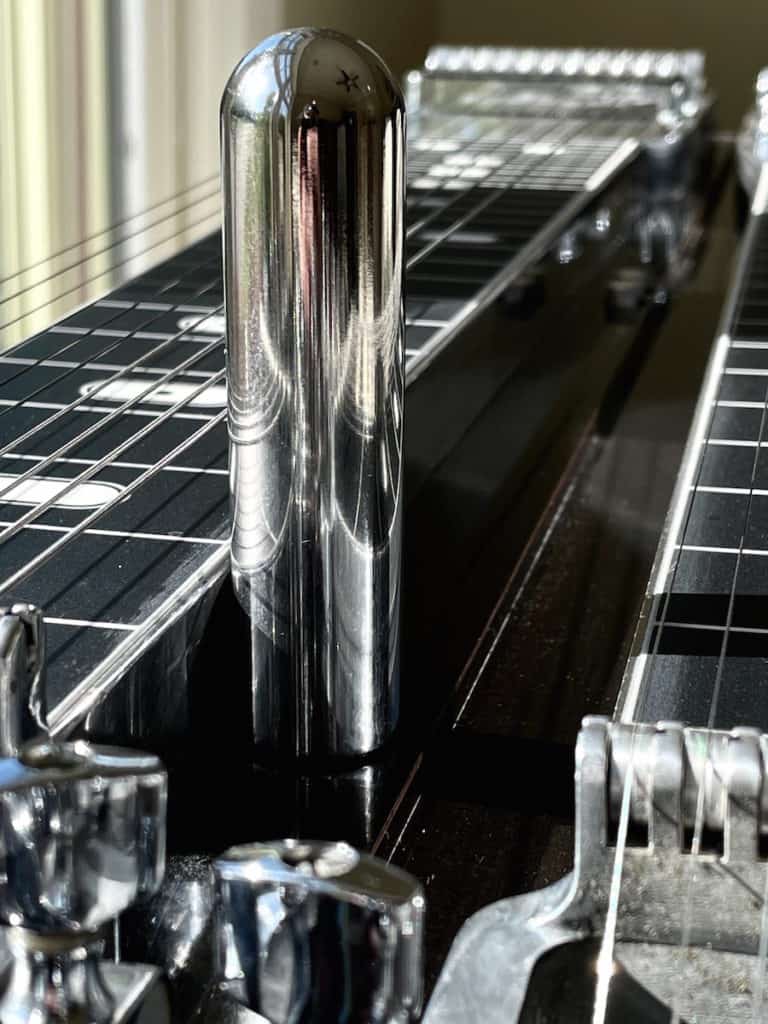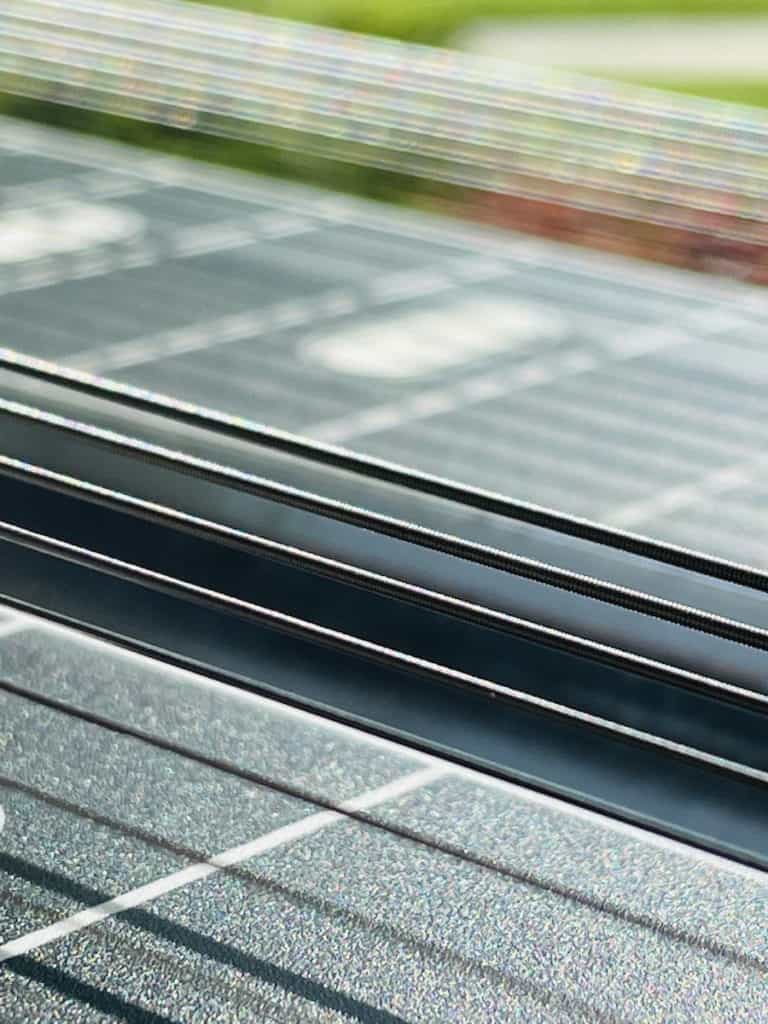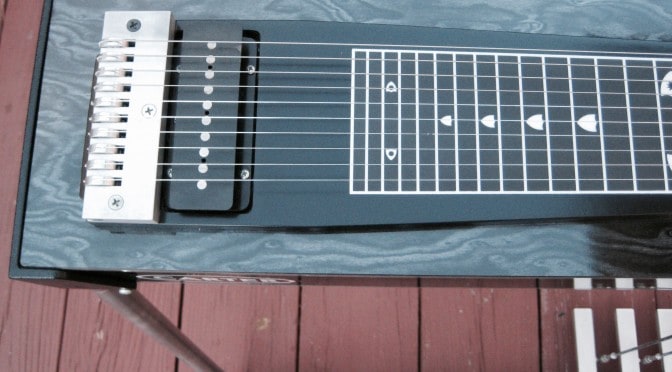As an Amazon Associate Playpedalsteel.com earns from qualifying purchases. This page contains affiliate links.
Playing pedal steel can be fun and worthwhile, especially if you come from a guitar background. Making the switch to pedal steel will take time, practice, patience, and critical thinking, but you’ll likely learn more about both instruments through the process and grow as a musician overall.
If you challenge yourself like you do when learning and practicing six-string guitar, then you’ll be able to transfer a lot of your guitar knowledge and skills because the instruments have many things in common. Also, pedal steel playing can give you new ways and angles of looking at the six-string guitar…
Making the Switch
If you’re interested in playing pedal steel along with guitar, then diving in and beginning to play will be a great first step to take. As with many new ventures, curiosity can be a great fuel for learning, and you’ll likely begin to make many intuitive connections between what you already know musically on guitar, and how to play it on pedal steel.
Finding a pedal steel to play or buy can be a little more challenging than with guitars, because pedal steel is such a niche instrument.
However, there are plenty of pedal steels available and it will just be a matter of searching for them in certain ways. I posted an article that takes a detailed look into buying a pedal steel that has tips on where to find them and what features to look for when buying one.

As you begin playing pedal steel, you’ll become aware that one of the main differences between playing it and guitar are the different techniques involved, such as:
- Right hand blocking or muting of the strings, and the use of fingerpicks and thumbpicks.
- Using a bar with your left hand instead of fretting notes.
- The ability to raise and lower pitches with pedals and knee levers.
- Using a volume pedal.
All of these aspects of playing pedal steel will take some attention to detail, but they are some of the most expressive and enjoyable characteristics of the pedal steel. With many of these techniques, you’ll be able to bring insights from your guitar playing as well.
Music Theory
If you have any background in music theory then this will be very helpful in learning pedal steel. Even if you don’t, any guitar skills and knowledge you have can be applied just as beneficially.
Certain chords and scales can be found much easier on pedal steel if you know exactly what you’re looking for, and have heard it in your ears before. The same is true with patterns and musical relationships that are found on the pedal steel.
The pedal steel, as notorious as it is for being unfathomable, is actually a really intuitive and simple instrument from a musical standpoint. The pedals and knee levers give you all kinds of harmonic and melodic options, just by applying downward force with your feet.
Many chord progressions and counterpoint movements can be found in positions on the neck that don’t require you to move your bar very much. Also, with 10 strings and chromatic strings, you’ll often have many new ways of exploring musical options that aren’t always available on other instruments.
A Deeper Look Into Its History
The pedal steel evolved from the lap steel guitar, and the steel guitar in general has deep roots in Hawaiian music traditions that were especially popular in the early 1900s. A great perspective on learning pedal steel, is to approach it as a guitar that is played horizontally to the ground with a slide or bar, and understanding that a lap steel is essentially a guitar played on your lap.

If you took your six-string guitar, grabbed a guitar slide, then placed your guitar on your lap and played it through your favorite amp, then you basically have all the ingredients for a lap steel. This mindset is great for approaching pedal steel too, because pedal steel is a lap steel that has foot pedal and knee lever options that can mechanically raise or lower the strings’ pitches.
The history of steel guitars is an amazing story, and pedal steel is actually a really new and innovative instrument for music. Becoming more aware of how the pedal steel evolved, along with its culture and traditions, has been one of the most beneficial insights in my experience of switching from guitar to pedal steel.
Conclusion
The best part about switching is whenever you play the six-string guitar as well, if anything, you’ll have gotten better at playing it. Playing and learning pedal steel has certainly improved my six-string playing, which is ironic because I practice it a lot less than I did before.
If you decide to focus more of your time on practicing pedal steel instead of guitar, then when you pick the six-string guitar up and give it a whirl now and then; it can be more nostalgic, and you can gain a deeper sense of the instrument since you’ve been away from it for a while. Your slide playing and intonation will improve on the six-string guitar too after playing pedal steel, even if you don’t consciously realize it!
Both the pedal steel and the six-string guitar are remarkable instruments that are capable of creating so much musical expression. If you decide to switch to pedal steel, or play both, the musical rewards will be inspiring.
Check out these posts for more ideas on switching to pedal steel…
